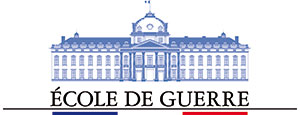About the Initiative
For the third year in a row, the French École de Guerre has had the great opportunity to work in close cooperation with PRISM. Six École de Guerre students completed research papers with the support of PRISM. The partnership has enhanced the ability of the officers in École de Guerre to understand key global issues and has further strengthened their ability to interact with American partners.

